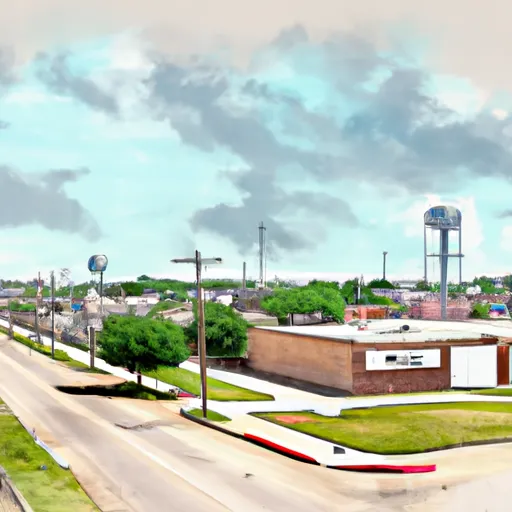°F
°F
mph
Windspeed
%
Humidity











Garber, Oklahoma is a small town located in north-central Oklahoma. The climate in Garber is typical of the region with hot summers and cold winters. The town is situated near several creeks and rivers, and the area’s hydrology constituents include the Salt Fork of the Arkansas River and the Chikaskia River. These waterways offer opportunities for fishing, kayaking, and boating. Garber also has several parks and recreational areas for outdoor enthusiasts including Lake McMurtry, Great Salt Plains National Wildlife Refuge, and the Oklahoma City National Memorial and Museum. Visitors can also explore the nearby town of Enid, which has numerous shopping and dining options.
Weather Forecast
Garber receives approximately 882mm of rain per year, with humidity levels near 81% and air temperatures averaging around 15°C. Garber has a plant hardyness factor of 7, meaning plants and agriculture in this region tend to thrive during the non-winter months.
Regional Streamflow Levels
0
Cubic Feet Per Second
176
Cubic Feet Per Second
202
Cubic Feet Per Second
17
Cubic Feet Per Second
Nearby Camping
| Camping Area | Reservations | Toilets | Showers |
|---|---|---|---|
| Chandler City Park - Purcell | |||
| Wellington Lake East Rec Area | |||
| Liberty Lake | |||
| Guthrie Lake | |||
| Argonia River Park | |||
| Arcadia Lake |



